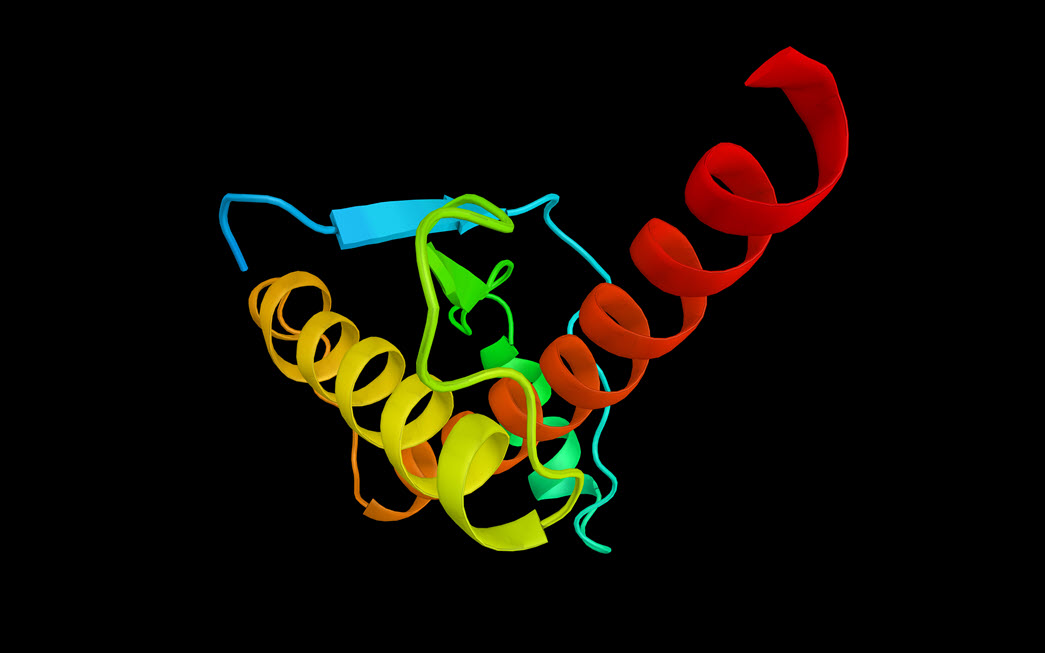Share:
Fatal prion diseases: Not as rare as you think

Creutzfeldt-Jakob disease is a rapidly progressive, invariably fatal neurodegenerative disorder. Like other transmissible spongiform encephalopathies, it is caused by a prion — an infectious, misshapen protein.
While this disease may sound exotic, CJD is not as rare as you may think. Sporadic CJD, which accounts for most cases, affects roughly one or two people out of 1 million per year. For those 55 and older, the rate rises to five cases per million, according to the CDC. Oregon experiences about 10 CJD deaths a year, with a high of 18 deaths in 2011.
Under normal clinical and noninvasive clinical situations, standard precautions provide sufficient protection, and CJD patients do not present a risk to staff, patients or the community.
As with all patient care, however, staff members should wear masks, gowns and protective eyewear to prevent exposure to potentially infectious blood or material. Tissues with the highest infectivity include the brain, spinal cord, pituitary gland and parts of the eye.
The challenge for hospitals comes from prions’ unusual resistance to conventional chemical and physical decontamination methods. Common disinfectants and most tissue fixatives don’t thoroughly inactivate prions, and some infectivity may persist under standard autoclaving conditions. Further, the harsh processes needed to fully disinfect equipment and instruments may render them unusable.
There is some good news, however. The CDC reports that no equipment-related case of CJD has occurred since 1976 and no iatrogenic cases associated with exposure via surfaces such as floors, walls or countertops have been identified.
Similarly, Oregon Health Authority indicates that less than 1% of CJD cases are caused by iatrogenic transmission; that is, acquired during medical procedures from contaminated human-derived tissues or neurosurgical equipment.
What you need to know and do
- Be aware of patients with suspected or confirmed CJD (flag on Epic storyboard or orders placed for CJD testing). Note that the turnaround time for state test results is roughly 10 days.
- Clinical teams should put extra effort to communicate the patient’s status, especially when requesting samples, testing or procedures or transferring the patient.
- Use single-use or disposable patient materials when possible.
- All non-disposable materials should be quarantined for enhanced disinfection procedures, even if the disinfection process may destroy them.
- All procedures should be performed at the end of day when possible to ensure surfaces and equipment can be adequately decontaminated.
For more details see Asante’s policy and procedure![]() for Creutzfeldt-Jakob disease precautions.
for Creutzfeldt-Jakob disease precautions.
Clinical features and evaluation
Be aware of common signs and symptoms:
- Rapidly progressive mental deterioration may present as dementia, behavioral abnormalities and deficits in higher cortical function (language, vision, visuospatial recognition, awareness).
- Myoclonus (muscle jerks) is present in more than 90% of patients at some point during illness.
- Cerebellar manifestations such as nystagmus (uncontrollable eye movement) and ataxia (poor muscle control) occur in roughly two-thirds of patients.
Evaluate patients with rapidly progressive dementia or neurodegenerative disease:
- Brain MRI is the most helpful to diagnose CJD. Consider when there is benefit in an overread by a neuroradiologist.
- EEG given periodic bi- or triphasic synchronized wave complexes is observed in 67 to 95% of sporadic CJD patients.
- Cerebrospinal fluid evaluation for detection of elevated tau protein, presence of 14-3-3 protein or performance of real-time quaking-induced conversion (RT-QuIC) assay.
For more detail CJD, see UpToDate.
Resources
- Centers for Control and Prevention Creutzfeldt-Jakob Disease
- Oregon Health Authority CJD and Other Human Prion Disease Investigative Guidelines
- Creutzfeldt-Jakob Disease Precautions 400-IC-IC-0011

- Isolation requirements: Alphabetical Listing of Organisms and Diseases 400-INF-0013

- UpToDate Creutzfeldt-Jakob Disease
If you have a question, please contact the author or relevant department directly.



